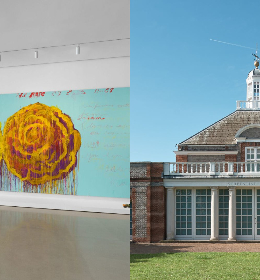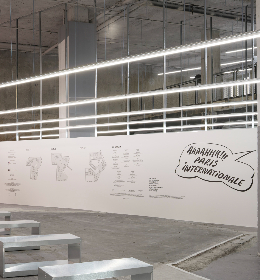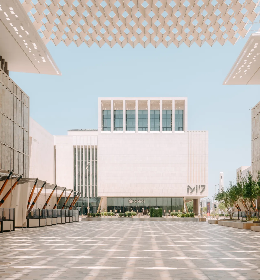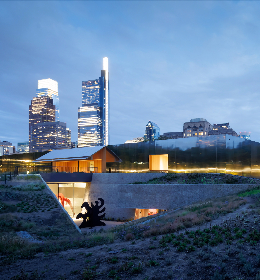Attia states, “In my opinion, it is urgent to engage in a deep and wide-ranging public reflection on the complexity of the question of restoring ancient art objects from colonized cultures. First because we are all direct or indirect descendants, but also because each object is what remains of a missing member, that of an individual body and a social body, which has created, celebrated, feared, loved... This missing body, whatever its nature, will always call for compensation for the separating trauma...”
This seminar combined a curated collection of individuals chosen by Attia to introduce this topic in a dynamic and contemporary way. Included in the discussion were the following experts along with the artist Kader Attia:
Pierre Amrouche, African art expert, poet and photographer
Emmanuelle Cadet, director of Alter Natives
Noranou Correia, participant in the Zone de Contact group
Philippe Dagen, art critic
Clémentine Deliss, curator, publisher and cultural historian
Serge Guézo, Prince of Abomey
Monique Jeudy Ballini and Brigitte Derlon, ethnologists
Olympe Lemut, journalist
Silvie Memel Kassi, director of the Musée des Civilizations of the Ivory Coast
Steve Régis Kovo N’Sondé, philosopher
Luc Saucier, lawyer
Zora Snake, performer
Laura Scemama, museographer
Christine Théodore, psychologist and psychoanalyst
Alain Vanier, psychoanalyst
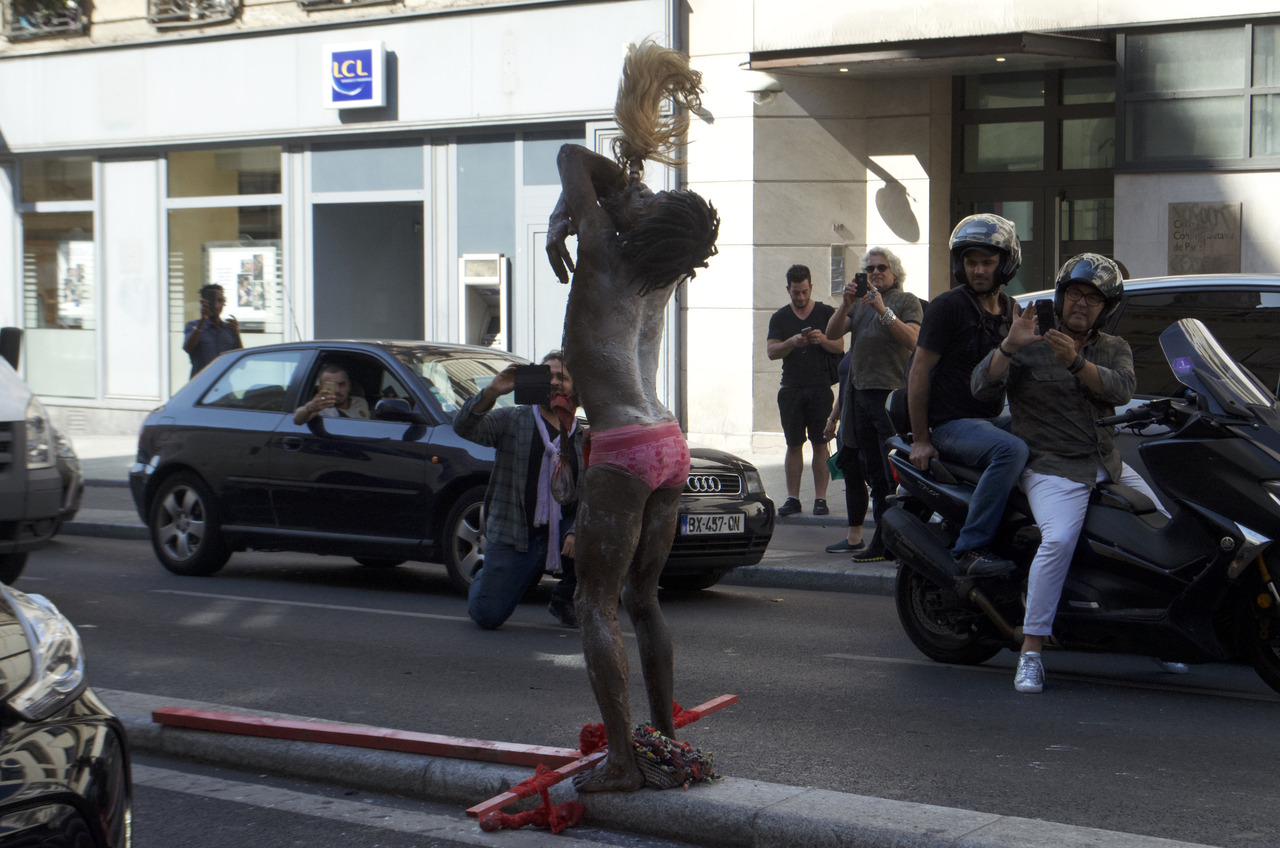
photo credit Anne Murray, Zora Snake performing at La Colonie
A nine-hour sequence of presentations, open to questions from the audience, included a moving performance by Cameroonian artist, Zora Snake, dancing into traffic while holding a cross. Kader Attia was seen blocking a taxi on the street in front of La Colonie, in order to film the event with his mobile phone along with other audience members, who had followed the performer onto Rue La Fayette. Zora Snake, an image of dynamism, became a man on display in a glass room, as he entered La Colonie and continued his performance in a room with windows on all sides. Viewers were watching him from the street outside and the seminar room on the inside; this space became a world in between, a place where art is critiqued and analyzed - a laboratory. Walking the red carpet in front of an audience as if on a catwalk, Snake continued his performance into the main room, his image and movements a complete contrast to our expectations of the fashion runway in Paris. Snake’s body was only covered by a pair of tight fitting underwear with the word ‘Peppa’ and heart shapes speckling their pink, cotton fabric, but humor seemed far from this invigorating display of dance and contemporary art working in unison - this was an expression of rhythm and movement, a wordless communication conveyed through the medium of the artist’s body itself. The performance brought to mind the incredible power of objects as reminders of events, witnesses to a shared history. The ephemeral performance was made more permanent with the installation of the cross at the end of the red carpet runway, which remained for a few moments of stillness after the passing of the artist. A collector’s dream might be to harvest this object as a proof of something magical that had passed. The artist reminds us as to how and why some objects stir a desire to collect as a means of somehow containing the energy of the artist’s dynamic dance and its musical accompaniment, its rhythm. He takes us to a unique and marvelous reality, vibrant and captivating.
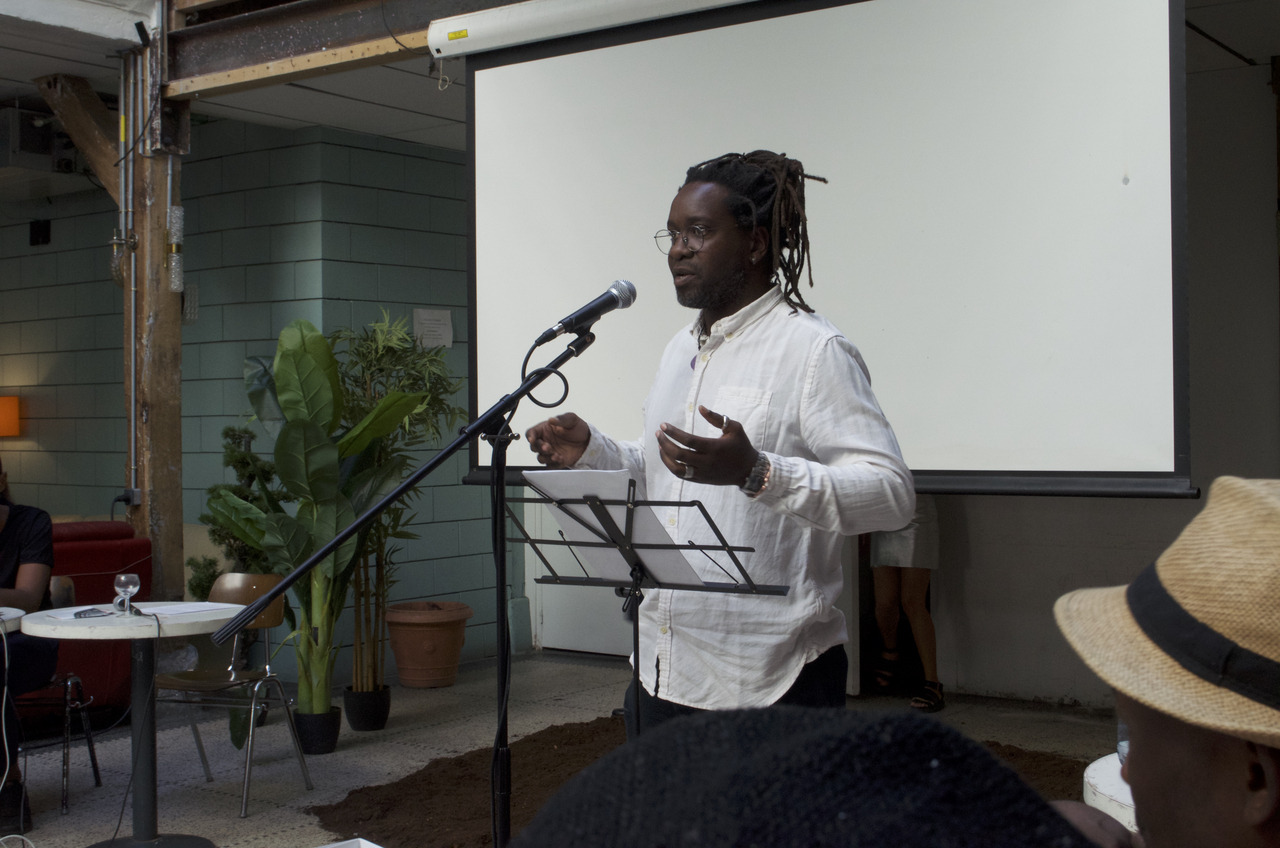
photo credit Anne Murray, Steve Régis Kovo N’Sondé philosopher
Steve Régis Kovo N’Sondé combined Hip-Hop with a poetic philosophical approach in yet another captivating performance, and curator, Clémentine Deliss, presented her Manifesto for the Rights of Access to Colonial Collections Sequestered in Western Europe. An excerpt from her presentation is a challenge to us all:
“…No more museum mimicries!
No more aesthetic hegemonies!
No more object hierarchies!
No more museological pyramids!
That absent air conditioning,
those inadequate conservators,
et cetera et cetera.
Let’s take control of the energy and potential of these reservoirs of ingenuity!
Let’s change the ergonomy of museums, these orgon accumulators of consumerism, and open museum-universities!
Build spaces for inquiry with rooms for conceptual intimacy, sites for transborder art production and disciplinary transgression based on these anxious and contested objects.
Museum-universities to welcome the new generation of students and researchers more diasporic than ever before. With their politics of communication and future methodologies. So that, with patented prototypes, based on these occluded historical collections, we can rename the excluded authors, and return both respect and copyright to their ancestors! Organs and alliances!...”
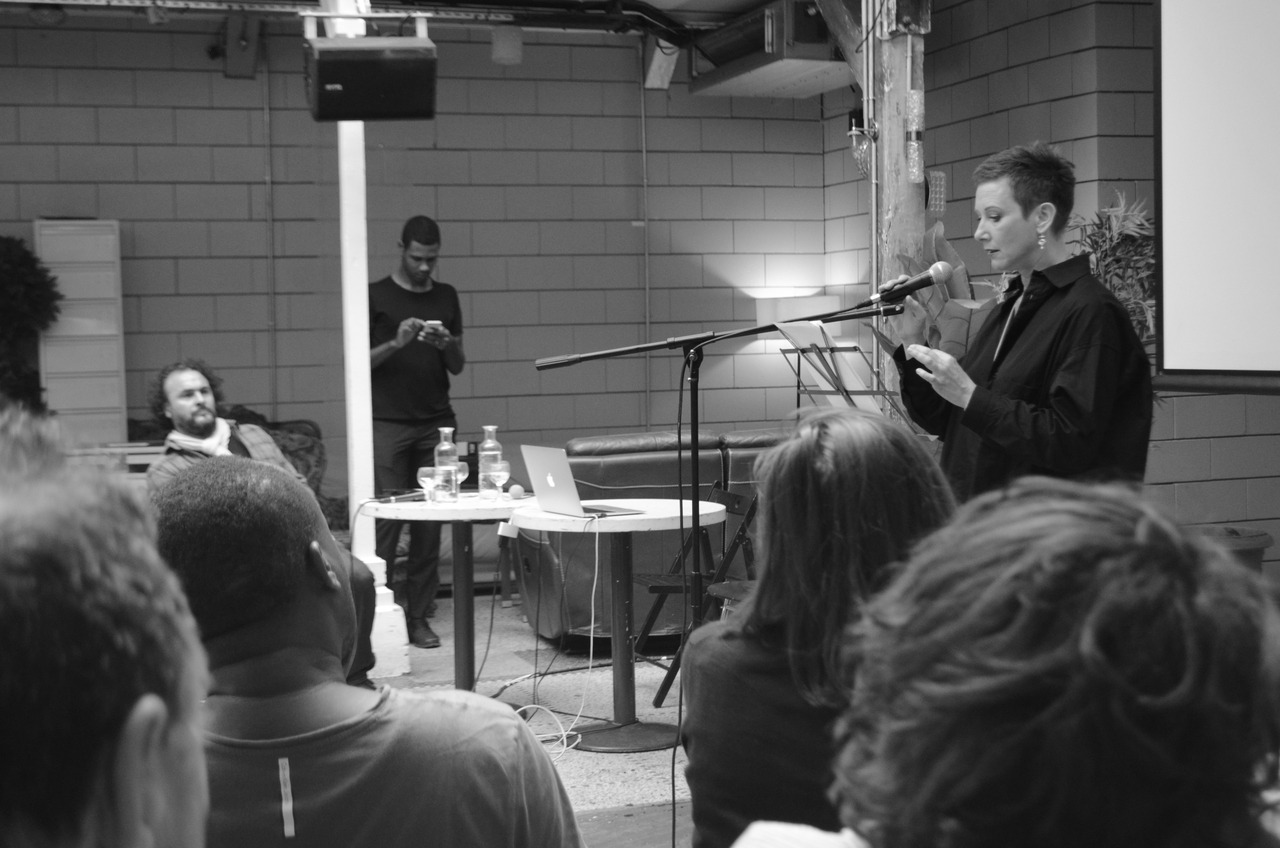
photo credit Anne Murray, curator Clémentine Deliss
Her vivid and passionate delivery of this manifesto, provided an idea for what to do next, create museum universities, places that would allow free access to these disputed objects for research and study, for everyone to benefit from. The day included psychoanalysts and even a lawyer talking about this process of restitution, this event just the beginning of creating a space to have open dialogue and respect towards the issues that arise when making reparations for a collective colonial past.
The many other speakers of the day covered more major questions such as:
How to make restitution possible?
Who really owns ancient art objects from Africa and elsewhere?
Can restitution fill the wounds caused beyond the loss of these objects and which continue to haunt the psyche of dispossessed cultures?
Are African collectors more legitimate than Westerners in the acquisition of ancient artefacts, when they bring them back to Africa, or not?
Upcoming discussion seminars this month will include the Decolonization of Plants and, on September 26th, Decolonization of the Arts, which promise to be equally diverse and fascinating in approach and the array of professionals brought to the discussion table.
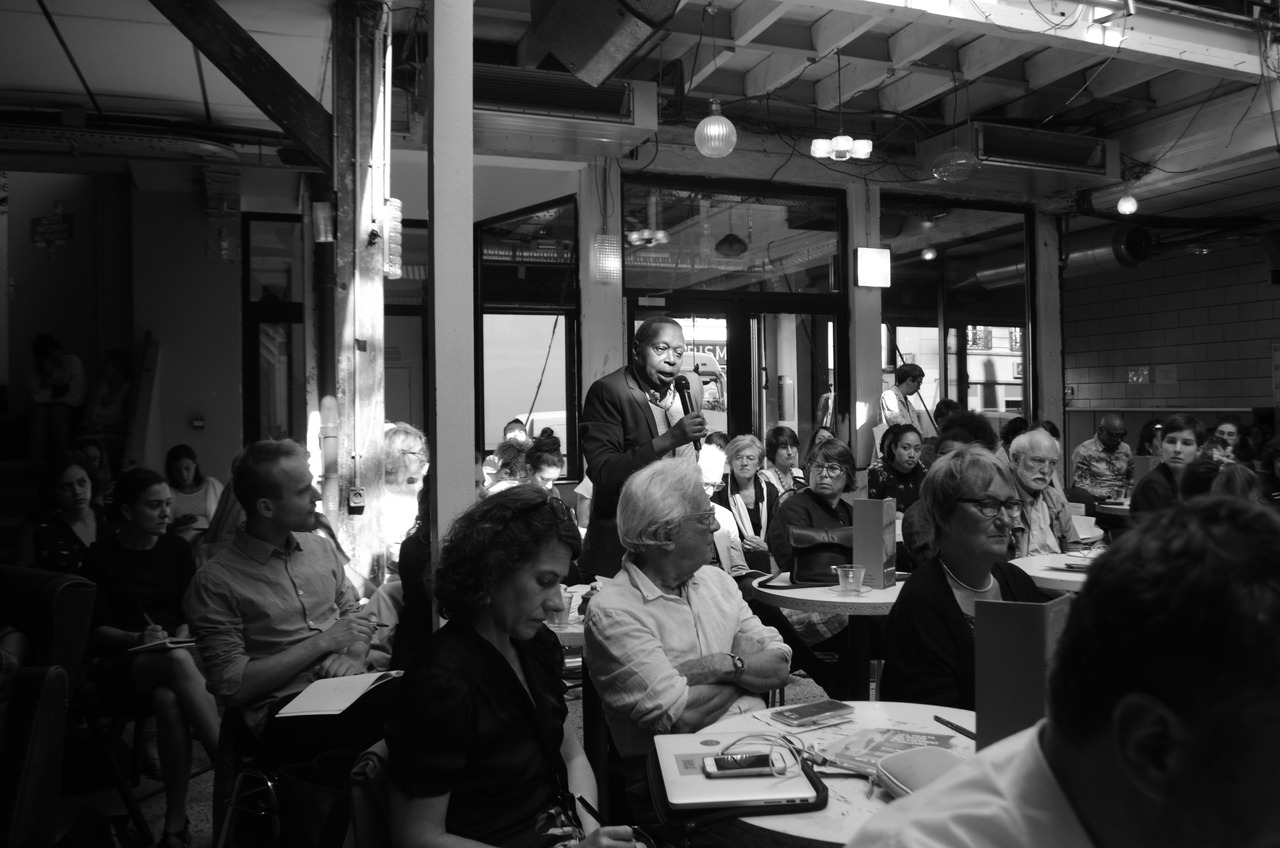
photo credit Anne Murray, La Colonie
By Anne Murray






